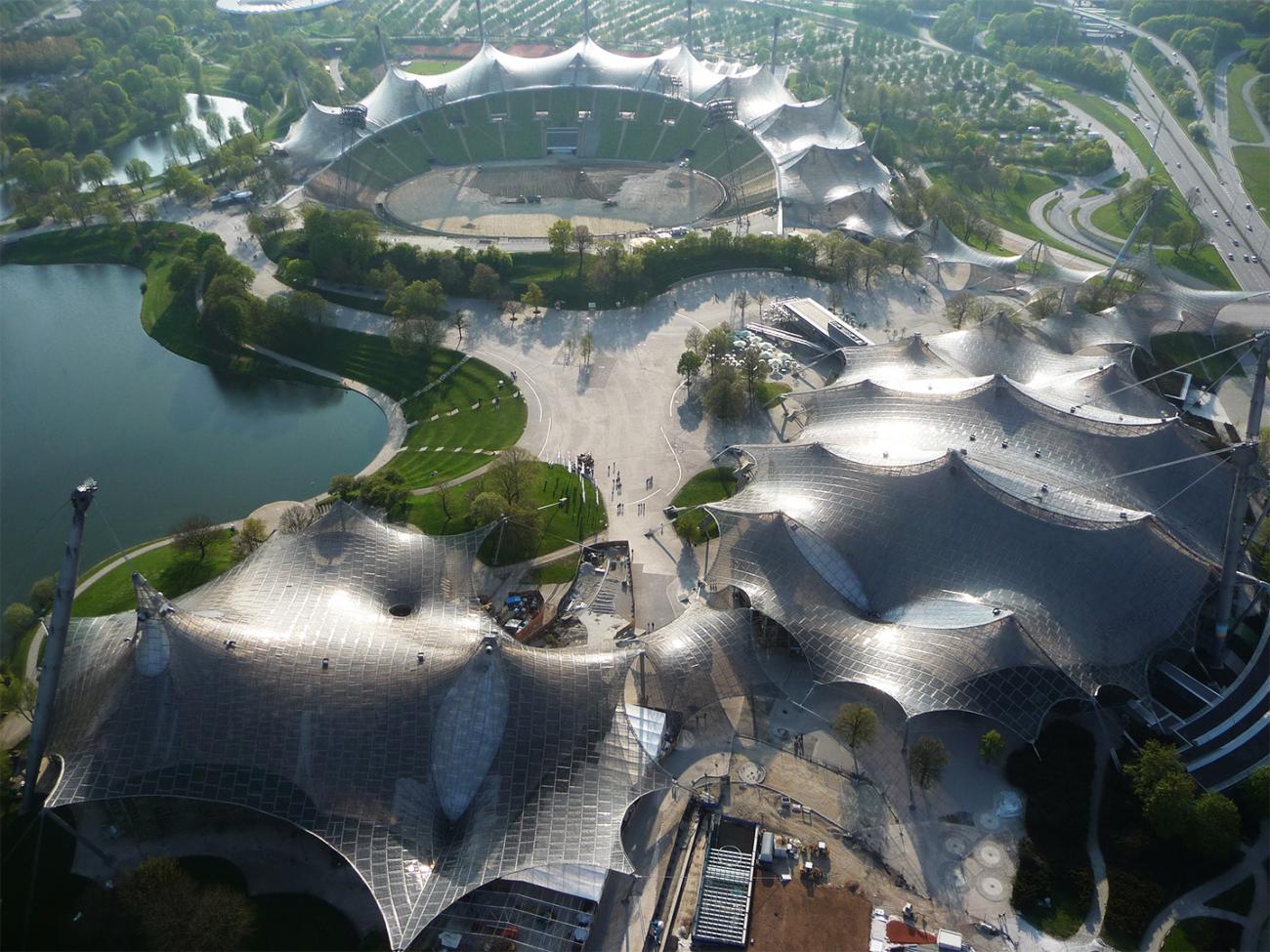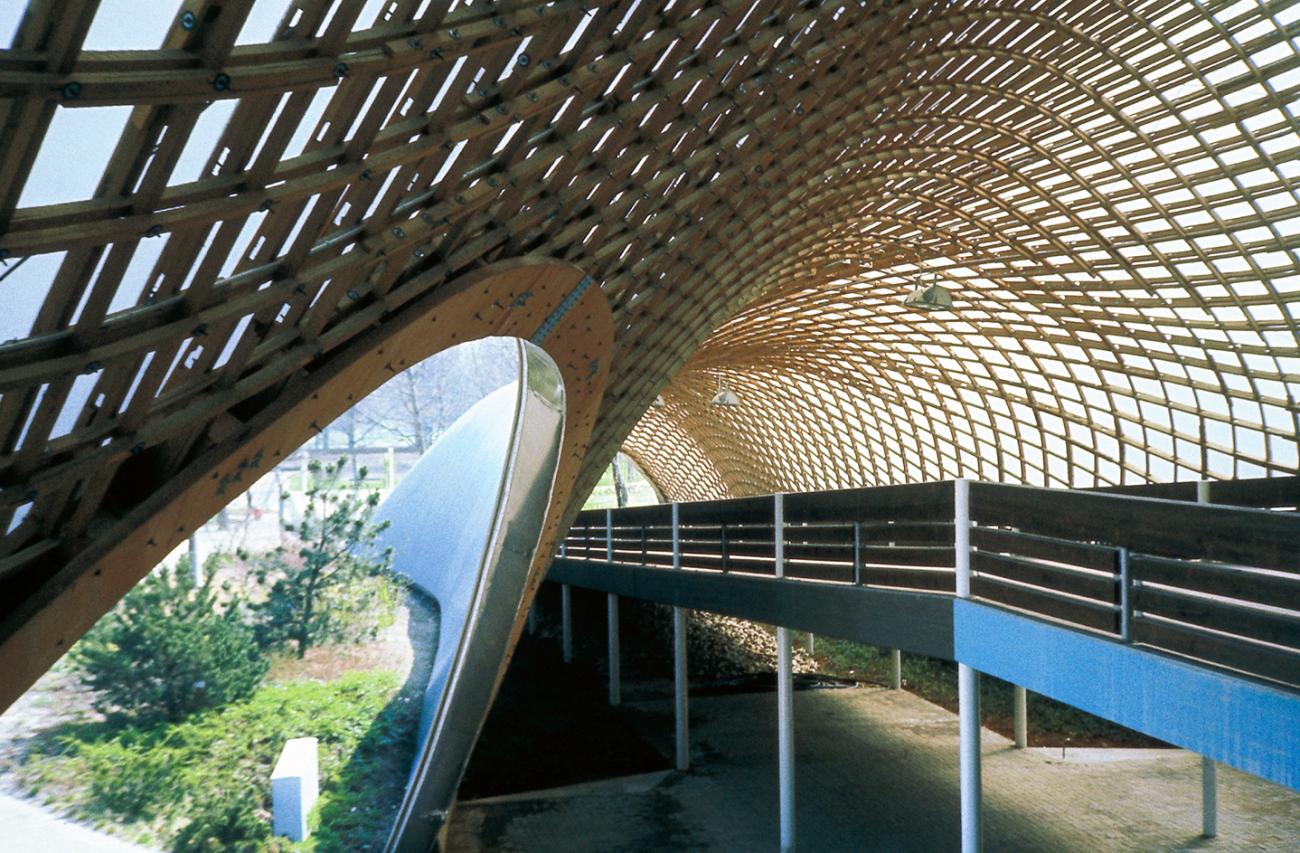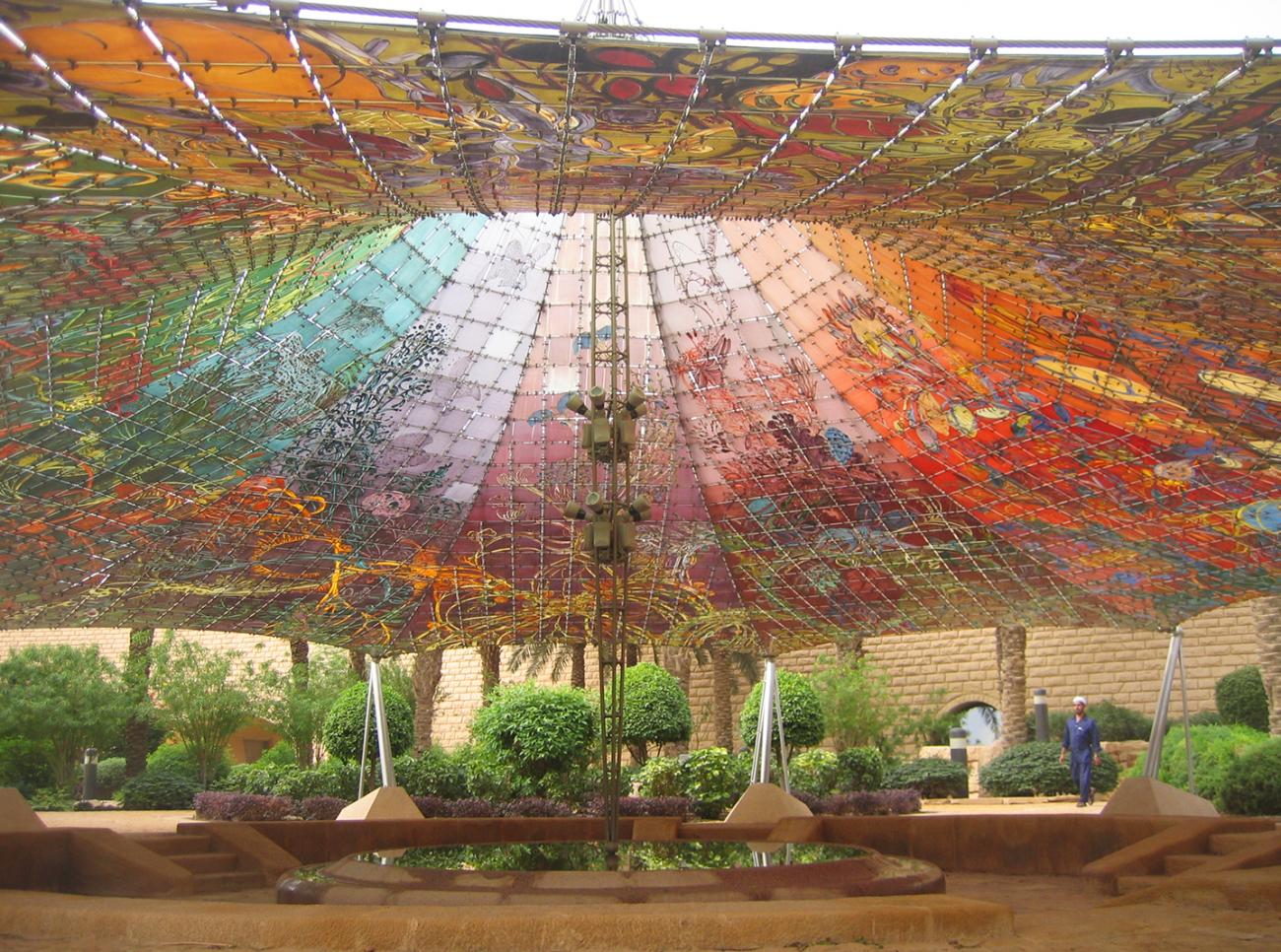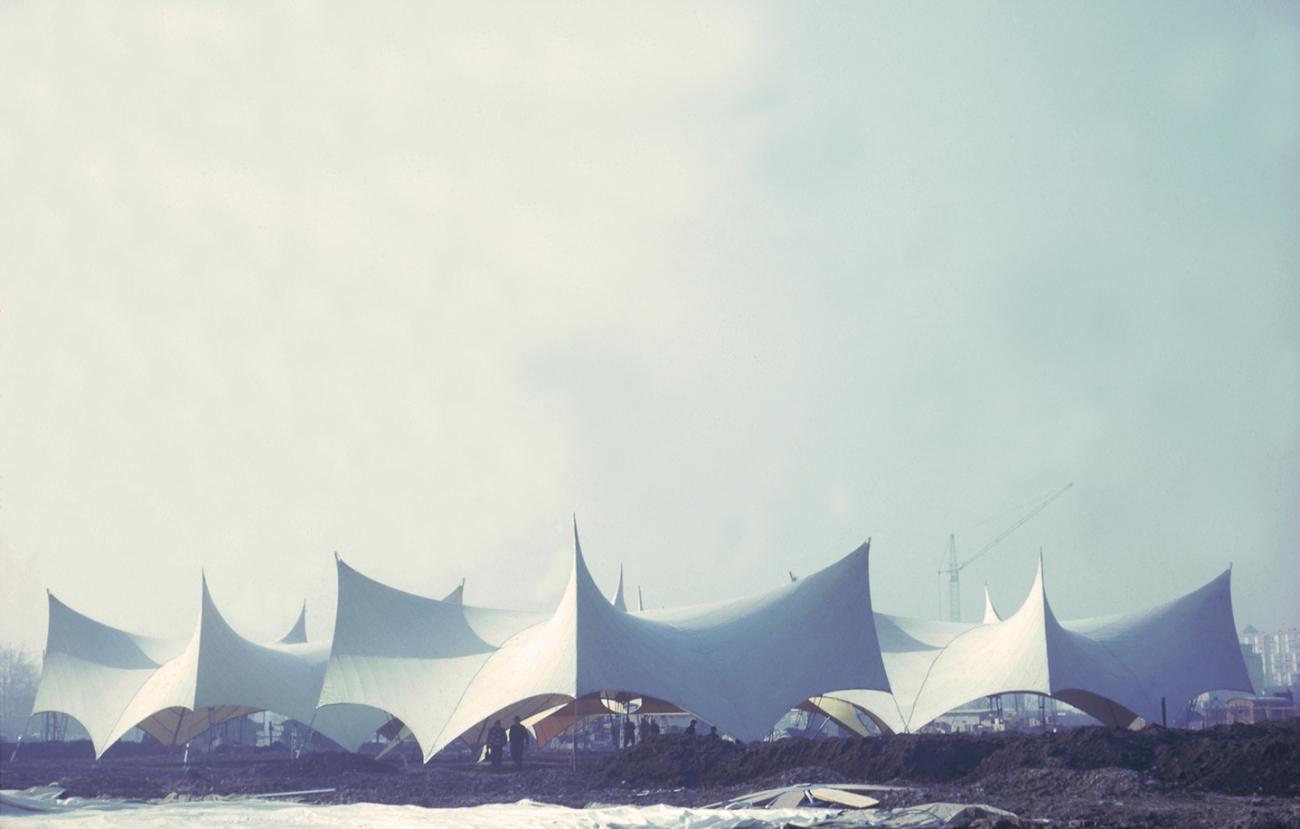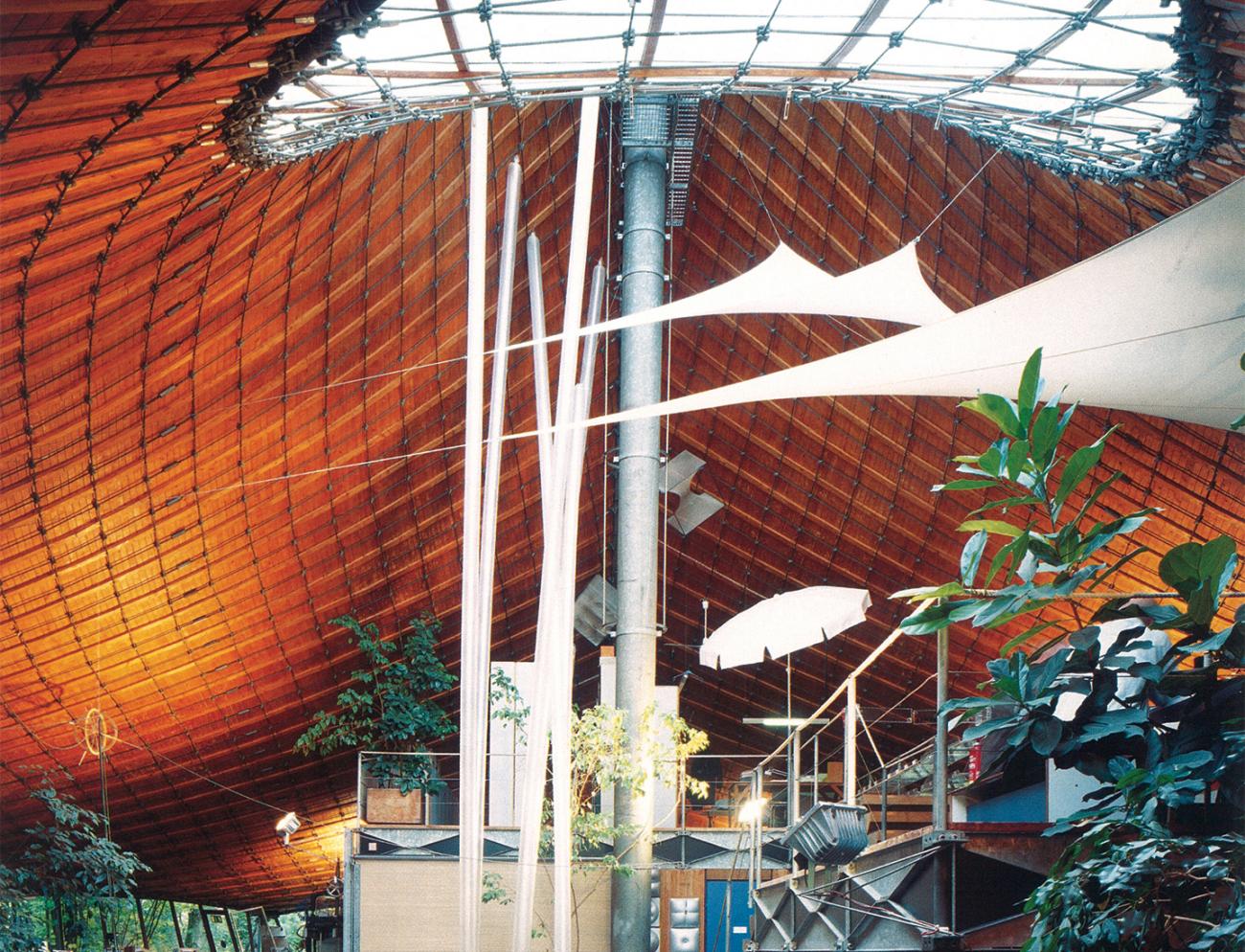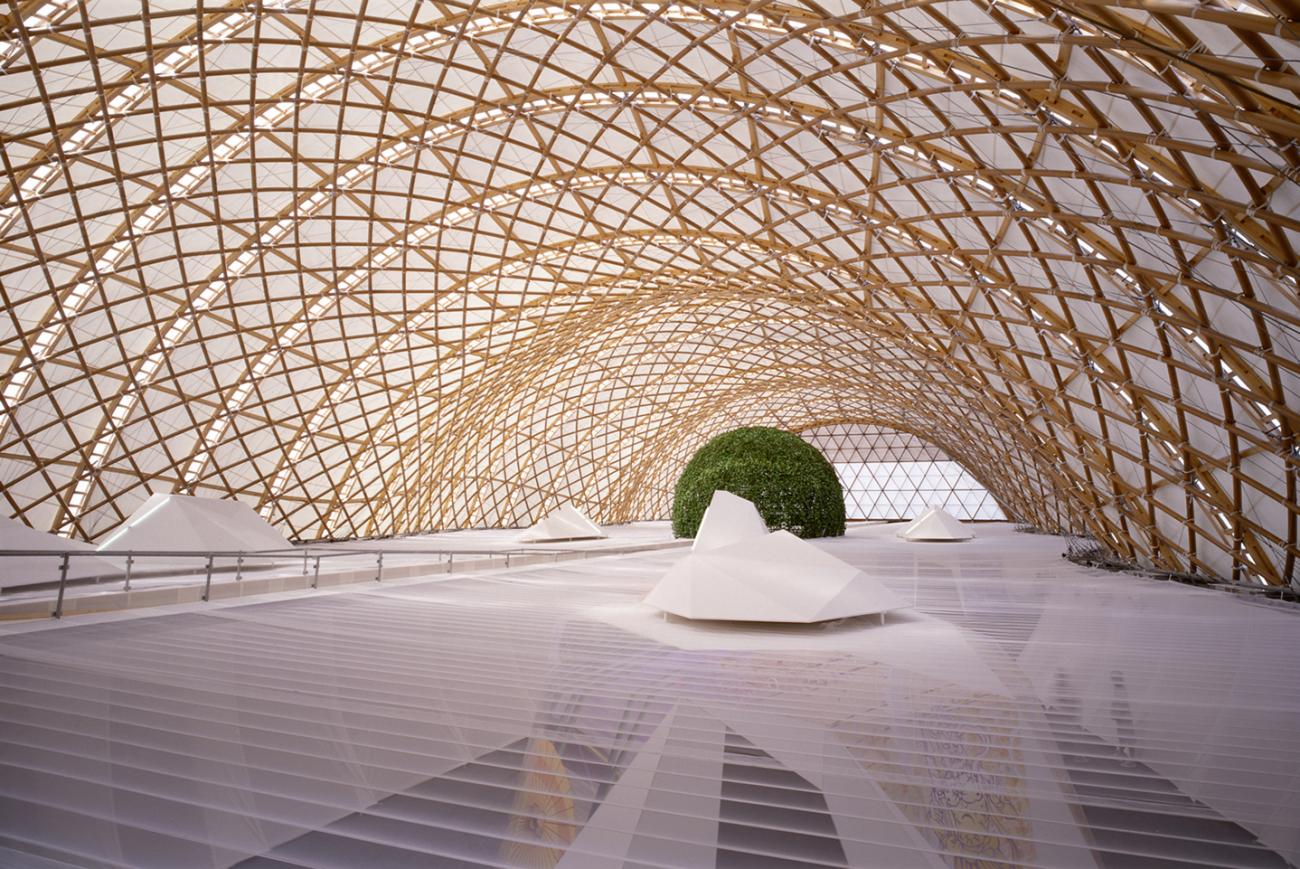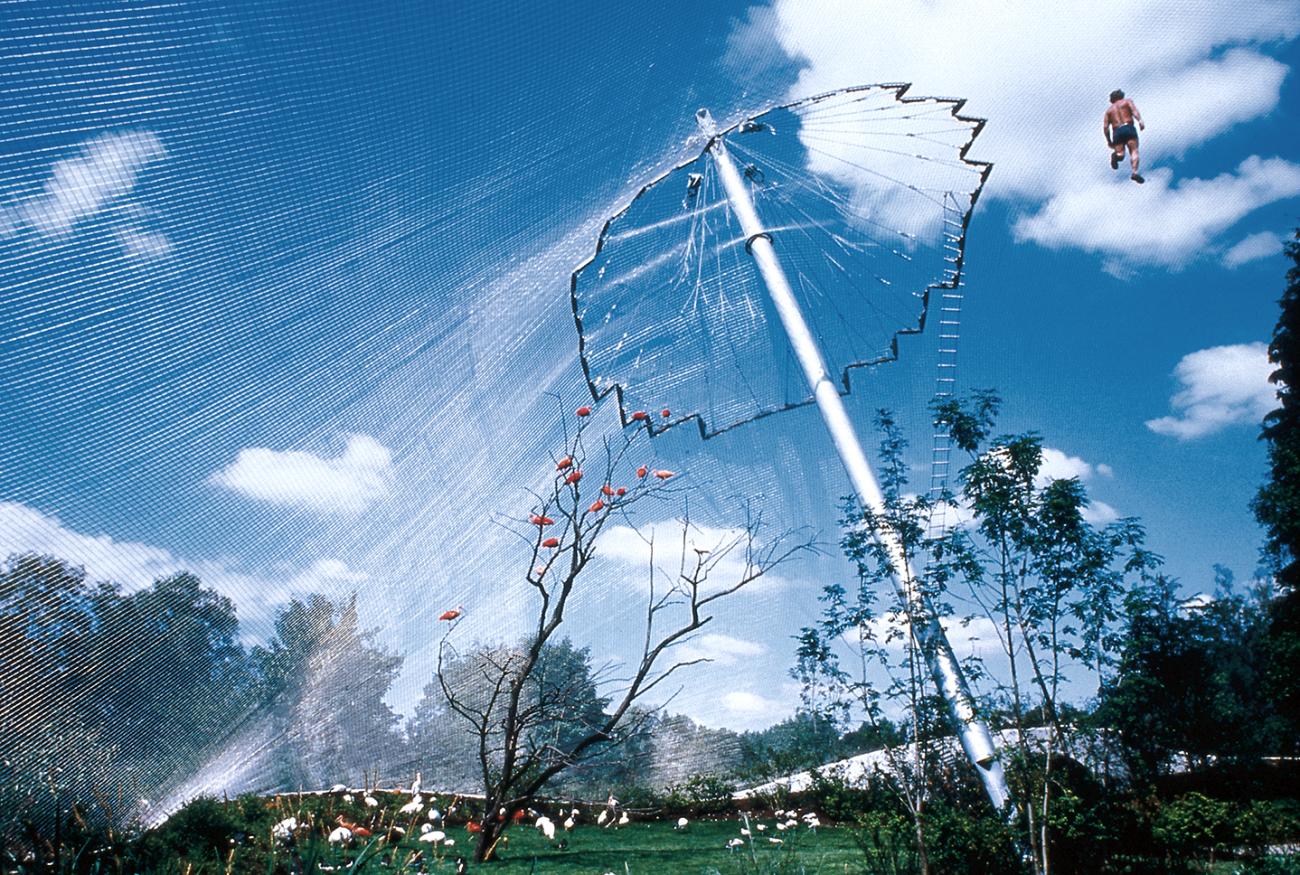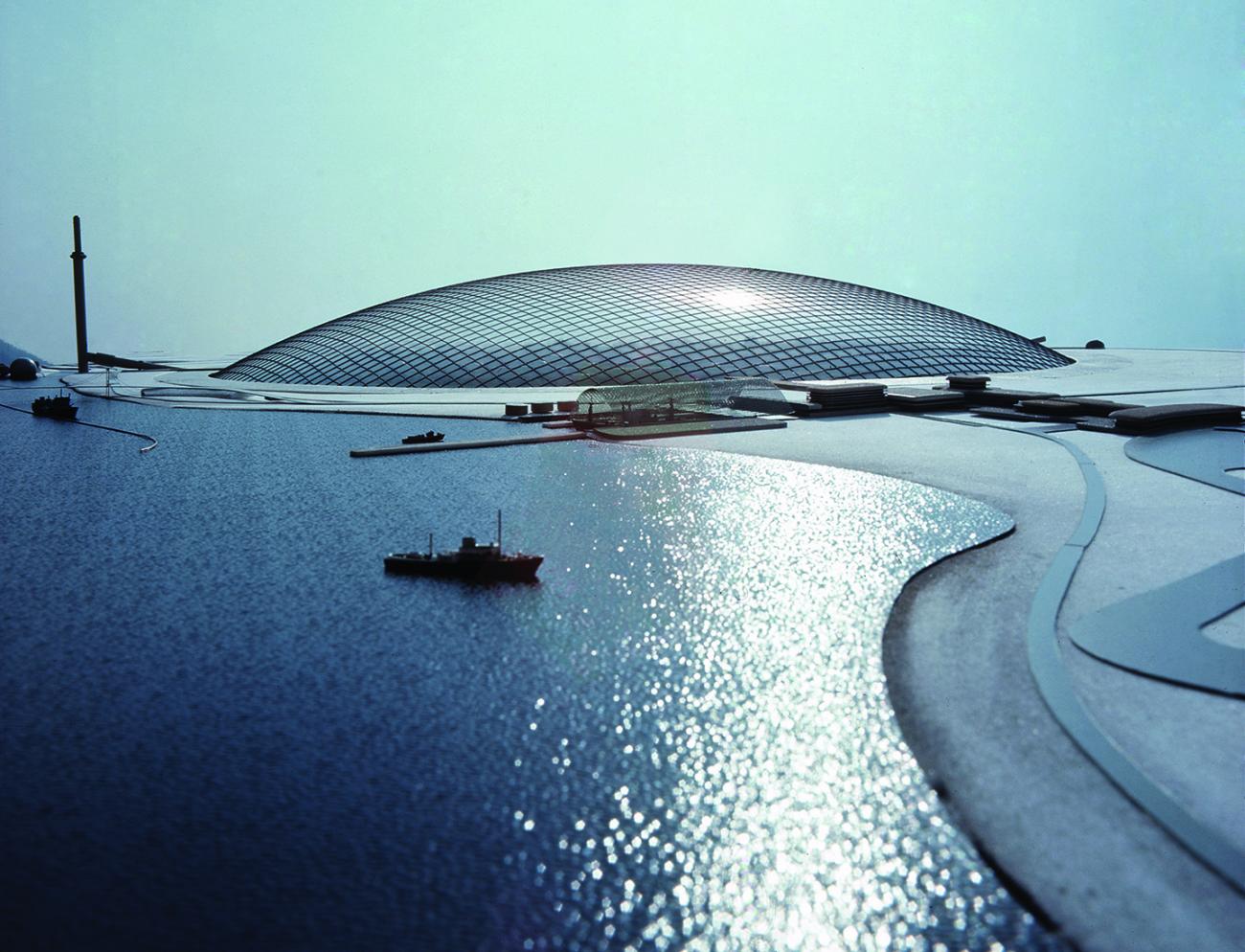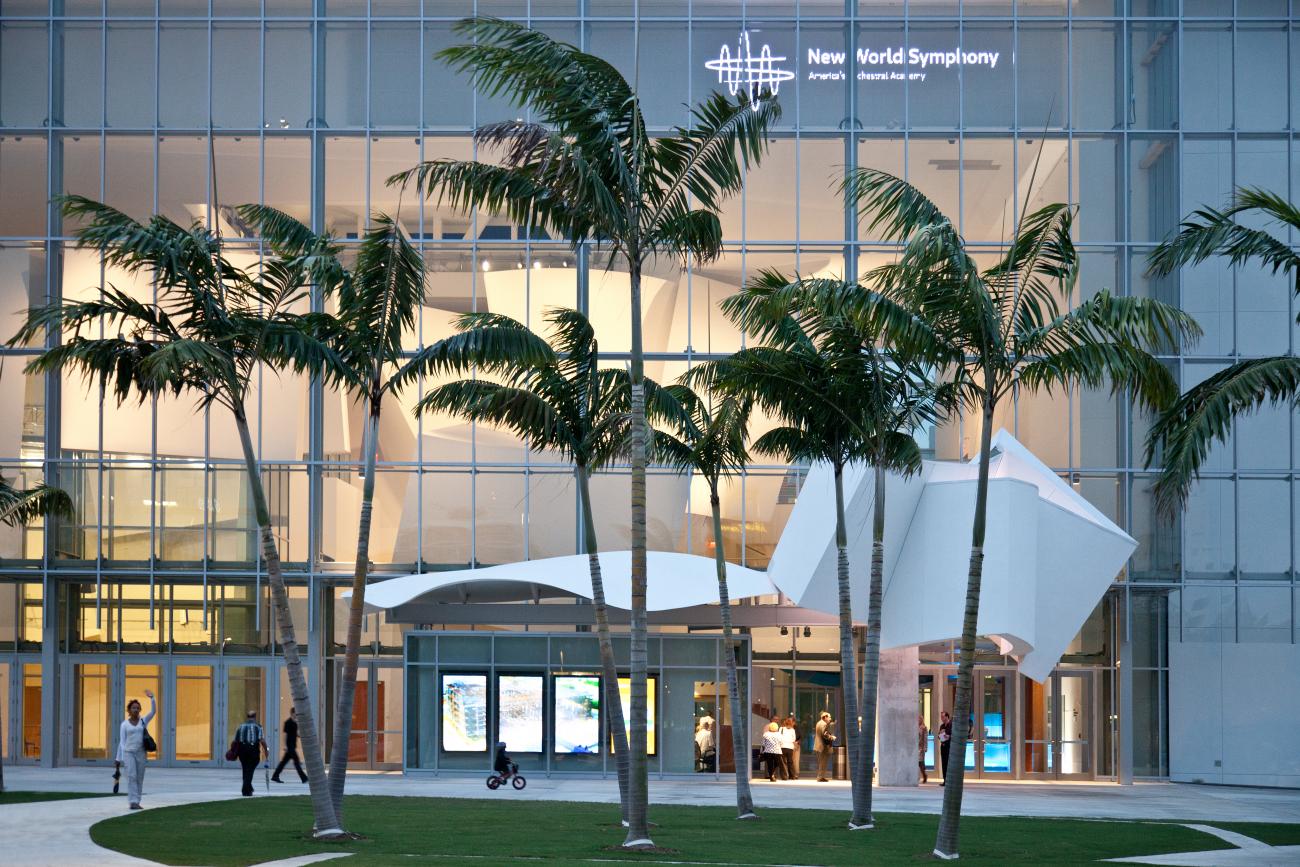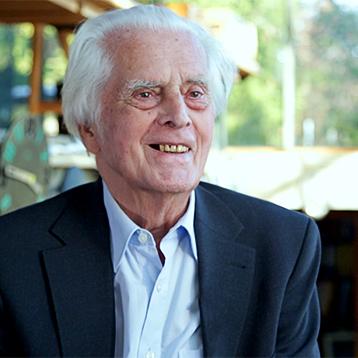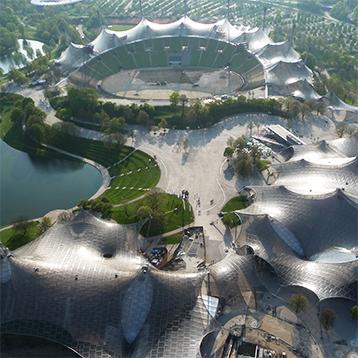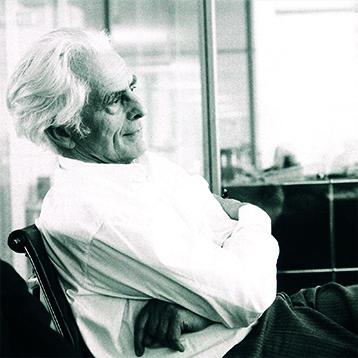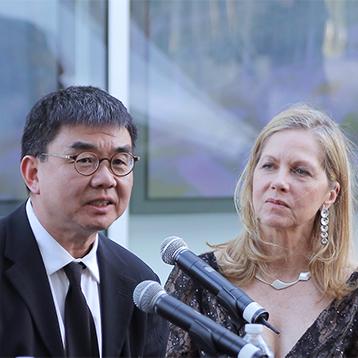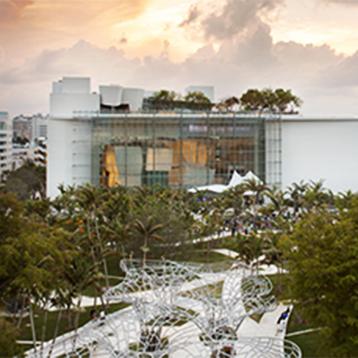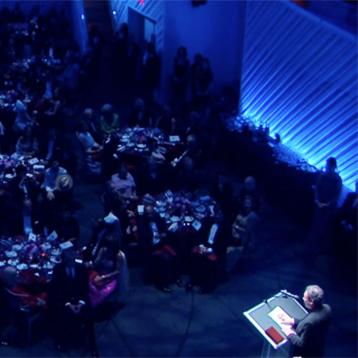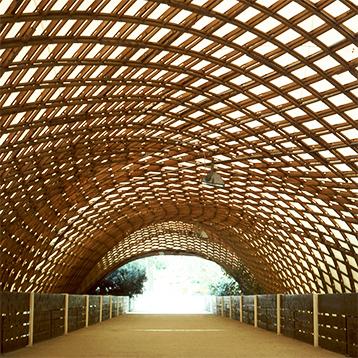Frei Otto was born in Siegmar, Germany, on May 31, 1925, and grew up in Berlin. “Frei” in German means “free”; his mother thought of the name after attending a lecture on freedom. Otto’s father and grandfather were both sculptors, and as a young student, he worked as an apprentice in stonemasonry during school holidays. For a hobby he flew and designed glider planes — this activity piqued his interest in how thin membranes stretched over light frames could respond to aerodynamic and structural forces.
When he had his university-entrance diploma in 1943, Otto signed up at once to study architecture, but he was not allowed to. Instead, he was drafted into the labor force. In September 1943, Otto was called for military service and he trained as a pilot. The pilot training was stopped at the end of 1944 and Otto became a foot soldier. In April 1945, he was captured near Nürnberg and became a prisoner of war. He stayed for two years in a prisoner of war camp near Chartres in France. There he worked as a camp architect; and he learned to build many types of structures with as little material as possible.
After the war, in 1948, Frei Otto returned to study architecture at the Technical University of Berlin. His architecture would always be a reaction to the heavy, columned buildings constructed for a supposed eternity under the Third Reich in Germany. Otto’s work, in contrast, was lightweight, open to nature, democratic, low-cost, and sometimes even temporary.
In 1950, with scholarship funds, he embarked on a study trip through the United States, where he visited the work of Frank Lloyd Wright, Erich Mendelsohn, Eero Saarinen, Ludwig Mies van der Rohe, Richard Neutra, Charles and Ray Eames, among others. During this time he also studied sociology and urban development at the University of Virginia.In 1952, Frei Otto became a freelance architect and founded his own architectural office in Berlin. He earned a doctorate of civil engineering at the Technical University of Berlin in 1954. His dissertation Das Hangende Dach, Gestalt und Struktur (“The Suspended Roof, Form and Structure”) was published in German, Polish, Spanish and Russian. Also in 1954 he began work with “the tentmaker” Peter Stromeyer at L. Stromeyer & Co. In 1955, he designed and built (with Peter Stromeyer) three lightweight minimal temporary structures made of cotton fabric for the Bundesgartenschau (Federal Garden Exhibition) in Kassel, Germany. These were his first works to gain national recognition, in part for how they harmonized with nature.
Frei Otto pioneered the use of modern, lightweight, tent-like structures for many uses. He was attracted to them partly for their economical and ecological values. As early as the 1950s, he built complex models to test and perfect tensile shapes. Throughout his career, Otto always built physical models to determine the optimum shape of a form and to test its behavior. Engineers in his studio were early adopters of computers for structural analysis of Frei Otto’s projects, but the basic input data for these calculations came from the physical form-finding models.
In 1958, Otto founded the first of several institutions he would establish that were dedicated to lightweight structures — the Institute for Development of Lightweight Construction, a small private institute — and opened a new studio in the Zehlendorf district of Berlin. Over the next five years he taught periodically in the United States, taking on visiting professorships at Washington University, St. Louis; Yale University; University of California at Berkeley; the Massachusetts Institute of Technology; and Harvard University.
The establishment of the Biology and Building research group at the Technical University of Berlin in 1961 marked the beginning of his cooperative work between architects, engineers, and biologists. They applied their knowledge of tents, grid shells, and other lightweight structures to better understand the designs of biological structures and forms.
In 1962, Otto published the first volume of his major opus Tensile Structures: Design, Structure and Calculation of Buildings of Cables, Nets and Membranes (the second volume was published in 1966). In 1964, he became director of the newly founded Institute for Lightweight Structures (Institut für Leichte Flächentragwerke or IL) at the University of Stuttgart. IL was commissioned by the German government to conduct research in connection with the planning of the German pavilion for the 1967 International and Universal Exposition in Montreal, Canada, better known as Expo 67. The leaders of Germany chose Otto’s architecture to demonstrate the nation’s post-World War II industrial and engineering expertise and innovative technologies. The resulting German pavilion at Expo 67, created in collaboration with Rolf Gutbrod and Fritz Leonhardt, gave Frei Otto his international breakthrough as an architect and a design engineer. It's an early example of a large scale, passive solar building.
